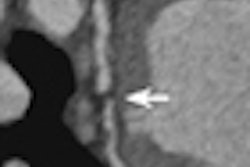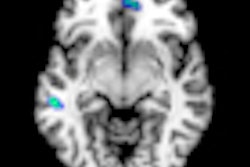Dear AuntMinnieEurope Member,
MRI continues to prove its usefulness in pinpointing clinical changes in patients. For instance, this week it was revealed that children with migraine headaches have a characteristic pattern of gray-matter changes that could be a biomarker for the condition.
The Italian researchers found children with migraines had significant gray-matter atrophy of the front and temporal lobes in comparison with controls. They also had significantly higher gray-matter volume in the right putamen. Read more here, or visit our MRI Digital Imaging Community.
In more news from Italy, a study of breast cancer screening in 700 municipalities during an eight-year period showed that the incidence of late-stage breast cancer declined starting in the third year of screening. The large multi-institutional team conducted the research to assess changes in the total incidence of breast cancer and the incidence of late-stage breast cancer after the introduction of organized mammography screening in the country. Find out the details.
Staff writer Eric Barnes reports that patients with extracardiac arterial disease have a high prevalence of occult coronary artery disease and may benefit from early detection. These patients aren't routinely screened for coronary artery disease, but screening could prevent a significant amount of morbidity and mortality, the Dutch researchers said. More than half of the patients in their study had either a high calcium score or significant coronary artery stenosis, they found. Discover what else they concluded.
Another story you'll find intriguing concerns the true cost of telemedicine for rural hospitals. German researchers examined two scenarios to treat rural patients: telemedicine and traveling physicians. In the first, one of the larger hospitals hosts a tumor teleconference to provide medical expertise for the smaller centers. In the second, a physician travels to the conference. Which one was more cost-effective? Read if you're right.



















